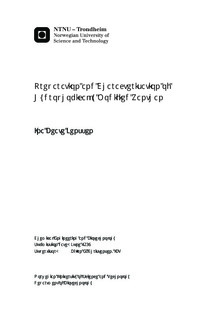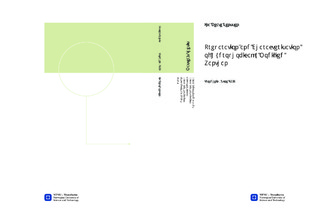| dc.description.abstract | Xanthan is a polysaccharide widely used in food, cosmetics, and enhanced oil recovery (EOR) by polymer flooding. In polymer flooding addition of polymers increases the viscosity of the injection water used for oil extraction from the oil producing wells. It is desirable to take advantage of biopolymers in EOR, due to their biodegradability and easily accessible raw materials of low costs. By hydrophobically modifying xanthan the thickening properties may be improved, due to intra- and intermolecular interactions between hydrophobic side groups. In this master thesis xanthan was hydrophobically modified by grafting of octylamine using carbodiimide chemistry, applying a method adopted from the University of Le Havre, France. Properties of non-modified and modified xanthan samples prepared from two different start xanthans, from Kelco and Statoil, were studied by SEC-MALLS, intrinsic viscosity measurements, and 1H-NMR spectroscopy. In order to obtain xanthan molecules of a size suitable for these analysis methods, sonication was performed. Xanthan samples were sonicated for different times, and an obvious decreasing trend of the molecular weight and intrinsic viscosity as the sonication time increased was shown. Intrinsic viscosity dependence on molecular weight was in good accordance to previous reported results.Depolymerisation by H2O2 and NaOH prior to 1H-NMR analysis did not have the desirable effect on degradation of xanthan chains. The side groups were cut off, rather than breaking the β-1,4 bonds between the glucose units in the xanthan backbone. By comparing the grafting density of octylamine for an acetyl and pyruvyl free xanthan sample and xanthan samples with these groups intact, it was shown for the first time that more than half of the octylamine binds to the carboxylic acid of the pyruvyl group on the β-D-mannose of xanthan. Intrinsic viscosity determined by a single capillary viscometer was higher for modified xanthan than non-modified, while by a four-bulb shear dilution viscometer the opposite was shown. The intrinsic viscosity was shown to be dependent on shear rate by the four-bulb viscometer, and the intrinsic viscosities at zero shear for non-modified and modified xanthan was significantly higher than that determined by single capillary viscometer. | nb_NO |

